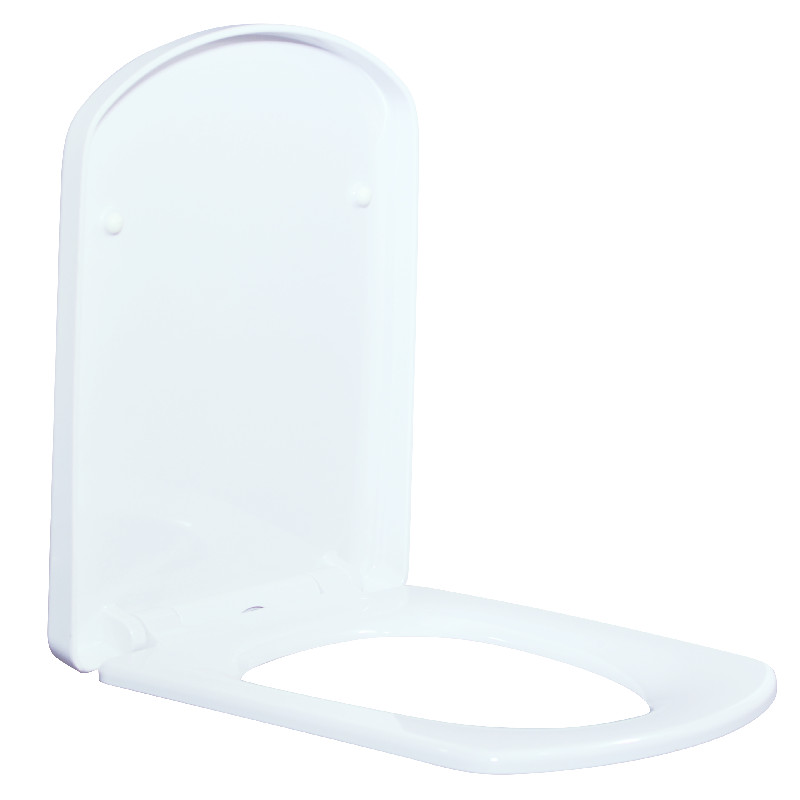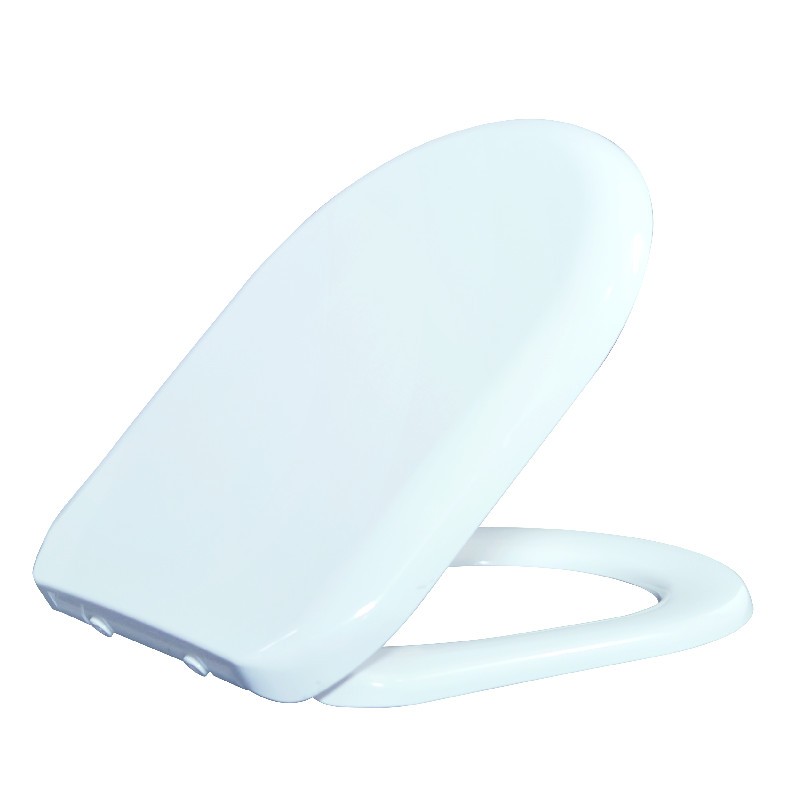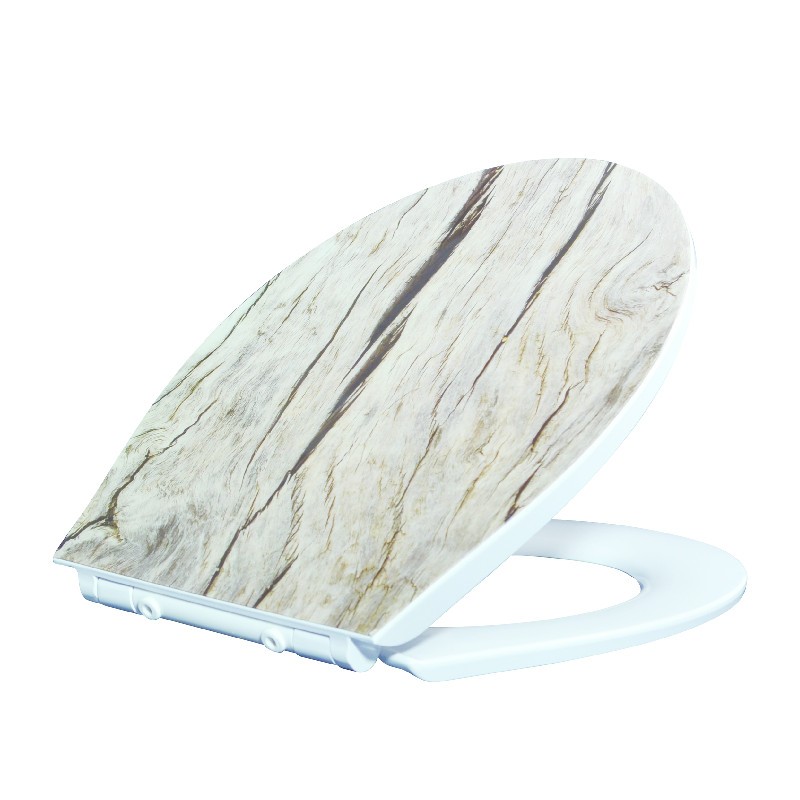The toilet was invented in 1907 by Thomas MacAvity Stewart of St. John, New Brunswick. He patented the vortex flush toilet, which created a self-cleaning effect in the toilet. In 1910, toilet design began to change from an overhead tank to the modern toilet, where the tank was attached to the toilet.
In the Middle Ages, people used chamber pots. A chamber pot is a metal or ceramic bowl that is primarily used to relieve stress on oneself and then dispose of the contents. In 1911, Philip Haas of Dayton, Ohio, also developed and embraced a flush toilet with many streams of water jetted from a ring directed downwards into the perforations to thoroughly clean every part of the toilet.
1922 Cornelius J. Dykstra's 1922 Improvements to the Toilet, inventing a flap that fits down to the toilet and rests partially against the water in the toilet to allow the entire lid to pass flush to keep the toilet clean.
The toilet flusher was invented by Thomas Clapper. In 1870 he opened his first bathroom showroom. He received nine patents for improved toilet technology in the late 1800s, and made plumbing innovations during his lifetime, three of which included improvements to flush toilets.
Although he was not the original inventor, he popularized the siphon system for emptying the tank to replace the earlier leaky float valve system. Some of his designs were designed by Thomas Twyford. Twyford builds the first one-piece ceramic toilet using a flush siphon designed by JG Jennings.
JC Thomasa invented and patented the first toilet seat cover in 1942. The seat cover consists of a sheet of paper sized to cover the toilet seat and placed in a removable manner. It has a center section that goes into the toilet to help pull the seat cover down the drain when the toilet flushes.
They're lightweight, so they're not easy to flush to clog drains. The seat cover of the present invention provides a sanitary toilet seat having an opening in the front. The upper part of the front has an adhesive bearing patch that covers the opening. It is also folded to extend from the front and rear covers that bisect the opening.
The modern toilet was first invented in 1596 by Sir John Harrington, an English courtier and godson of Queen Elizabeth. He came up with the idea and installed the first model of a modern flush toilet at Queen Elizabeth Palace.
He made a 2-foot-deep installation and a 2-foot-deep oval bowl, waterproofed with bitumen, resin, and wax, and fed by water upstairs. The pot requires 7.5 gallons of water to flush the toilet.
Harrington also described the first flush toilet as a satirical pamphlet, called "a new discourse on the subject of the nation, called the Metamorphoses of Ajax. This toilet took centuries and improvements from the Industrial Revolution." , making the manufacture and waste disposal of toilet bowls popular.




